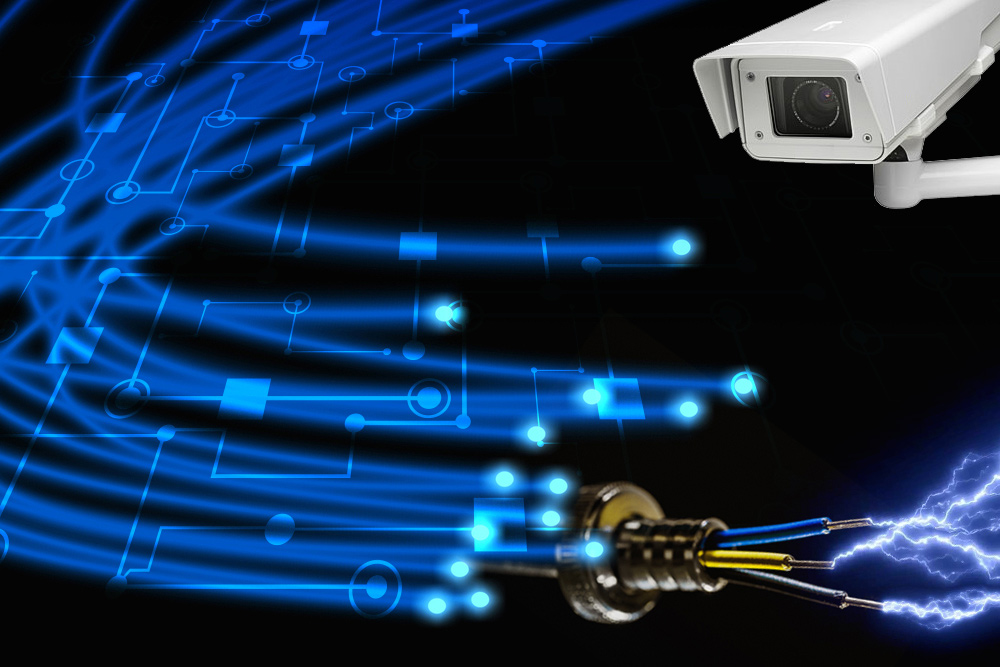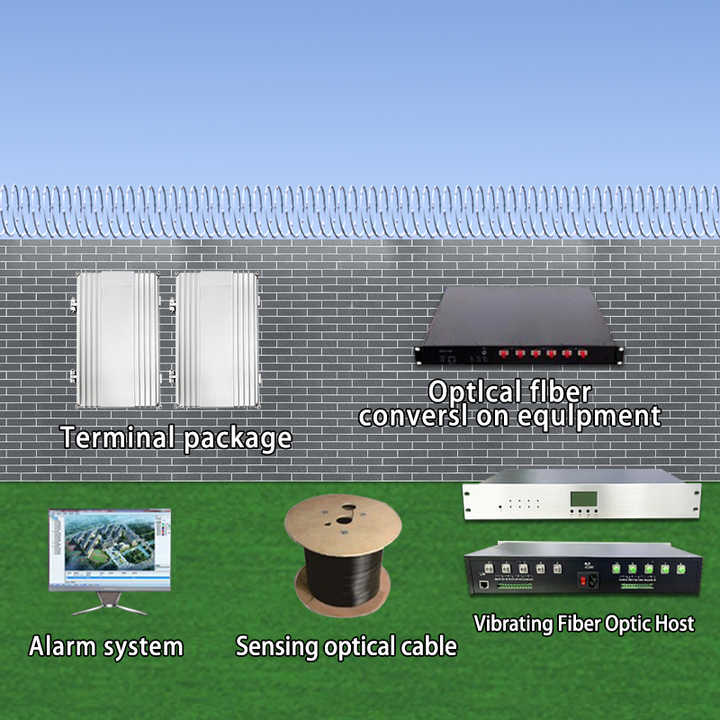The Ultimate Guide to Fiber Optic Safety Systems for Your Company
In an era where safety concerns are extremely important for businesses, comprehending the intricacies of fiber optic innovation can be transformative. This guide details how integrating fiber optic safety systems not only improves information security yet additionally supplies benefits like resistance to disturbance and real-time surveillance capacities. As companies review their safety and security needs, it comes to be important to consider the installment process and the most recent advancements in the area. What particular elements should be focused on when choosing the ideal system, and exactly how can businesses ensure they make one of the most informed selections?
Recognizing Fiber Optic Technology

The core of a fiber optic cable contains a slim glass or plastic facility, bordered by a cladding layer that reflects light back right into the core. fiber optic security system. This design ensures very little loss of signal toughness, even over extensive distances. There are 2 main sorts of fiber optic cords: single-mode and multi-mode. Single-mode fibers are developed for long-distance transmission, while multi-mode fibers are ideal for much shorter distances, typically utilized within buildings.
Optical fiber are not just faster however likewise much more safe than conventional electrical wiring. Their inherent resistance to electro-magnetic interference and the problem of touching into the signal without discovery make them a recommended choice for services prioritizing data integrity and safety. As organizations increasingly count on safe and reliable interaction systems, understanding fiber optic modern technology ends up being necessary for educated decision-making.
Key Benefits of Fiber Optic Security
When considering safety and security choices for a service, the benefits of fiber optic systems are specifically compelling. Fiber optic modern technology provides extraordinary information transmission speeds and bandwidth capability, making it excellent for managing high-resolution video feeds from security electronic cameras. This ability ensures that protection workers obtain real-time data, enhancing general feedback times to prospective safety dangers.
Additionally, fiber optic wires are inherently immune to electromagnetic disturbance, which can endanger the integrity of conventional copper-based systems. This resistance ensures that the data transferred stays protected and undisturbed, giving a much more dependable safety infrastructure. Additionally, optical fiber are much less at risk to physical damage, as they are made from glass instead of steel, lowering upkeep expenses and downtime.
Another substantial advantage is the raised scalability of fiber optic systems. As service demands progress, fiber networks can be conveniently broadened to suit additional protection devices without considerable overhauls to the existing facilities. Finally, fiber optic systems use enhanced cybersecurity functions, including file encryption capabilities that protect delicate information from unauthorized access. Collectively, these benefits make fiber optic protection systems a durable selection for services looking for to enhance their protection actions.
Installment Process and Considerations
Thinking about the intricacies included, the installation procedure of fiber optic safety and security systems calls for mindful planning and implementation. The first step involves an extensive site assessment to identify optimal locations for cabling and devices. This analysis ought to consider ecological variables, existing framework, and possible susceptabilities.

Furthermore, the setup must follow home local building regulations and sector criteria. This might include coordinating with different stakeholders such as structure managers, IT groups, and safety and security workers to make certain seamless combination with existing systems.
Post-installation, extensive screening is required to confirm system performance and identify any kind of issues that might arise. By prioritizing these factors to consider throughout the setup procedure, organizations can guarantee a robust and efficient fiber optic safety system that satisfies their particular safety and security demands.
Most Current Advancements in Fiber Optic Protection
Recent innovations in fiber optic modern technology have actually substantially boosted the capabilities of safety and security systems for organizations. One of the most significant advancements is the combination of fiber optic sensing units that can discover resonances and invasions along the border of a facility. These sensing units provide real-time tracking, allowing fast response to potential violations.
Furthermore, the development of dispersed fiber optic picking up innovation permits for the constant tracking of large areas with a solitary fiber cord. This technique not only decreases installation expenses yet likewise improves the dependability of keeping track of systems by getting rid of the demand for several, separate sensing here units.
In addition, advancements in multiplexing techniques have made it possible for organizations to transmit vast quantities of information over fiber optic networks, enhancing the abilities of video clip monitoring systems. High-definition video feeds can currently be sent over long distances without loss of high quality, making certain that safety employees have access to clear and workable details.
Finally, using expert system (AI) along with fiber optic systems is transforming danger detection. AI formulas can analyze information from fiber optic networks to recognize unusual patterns or actions, permitting for positive safety actions. These innovations jointly represent a considerable leap onward in fiber optic safety innovation.
Choosing the Right System for Your Service
Selecting the ideal fiber optic safety and security system for your organization is essential for guaranteeing optimal protection and assurance. To make an educated choice, analyze your specific protection requirements, taking into consideration aspects such as the dimension of your facilities, the nature of your procedures, and prospective vulnerabilities.
Begin by assessing the degree of security called for; as an example, high-risk settings might demand advanced systems with integrated surveillance and invasion detection capabilities. Next off, think about scalability; as your company grows, your protection system must can broadening to accommodate boosted needs without substantial overhauls.
In addition, explore the reliability and performance of numerous systems. Look for carriers with well-known track records and customer testimonials that attest to their service quality. It's likewise recommended to ask about the innovation's compatibility with existing infrastructure, making sure a smooth integration procedure.
Final Thought
In conclusion, visit this web-site fiber optic safety systems offer a robust solution for improving company security frameworks. The most recent innovations further boost the efficiency of these systems, guaranteeing that services continue to be protected and adaptable in an ever-evolving risk landscape.